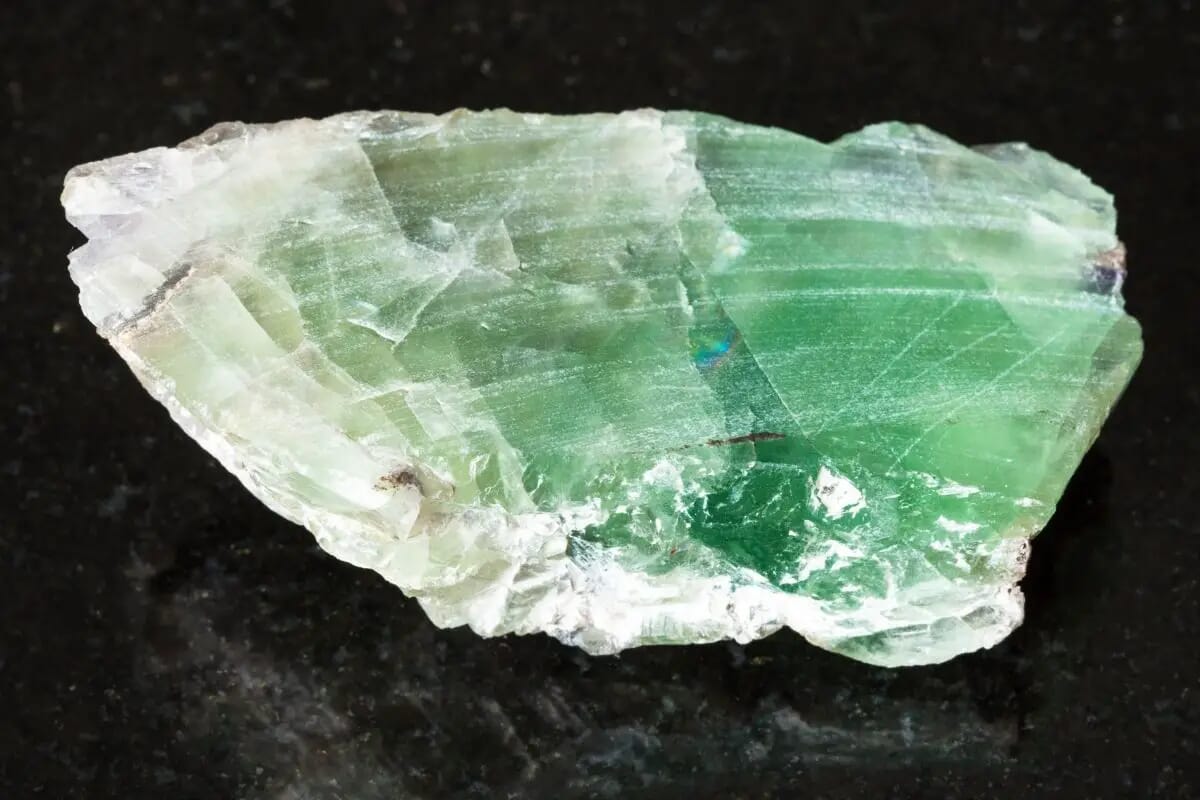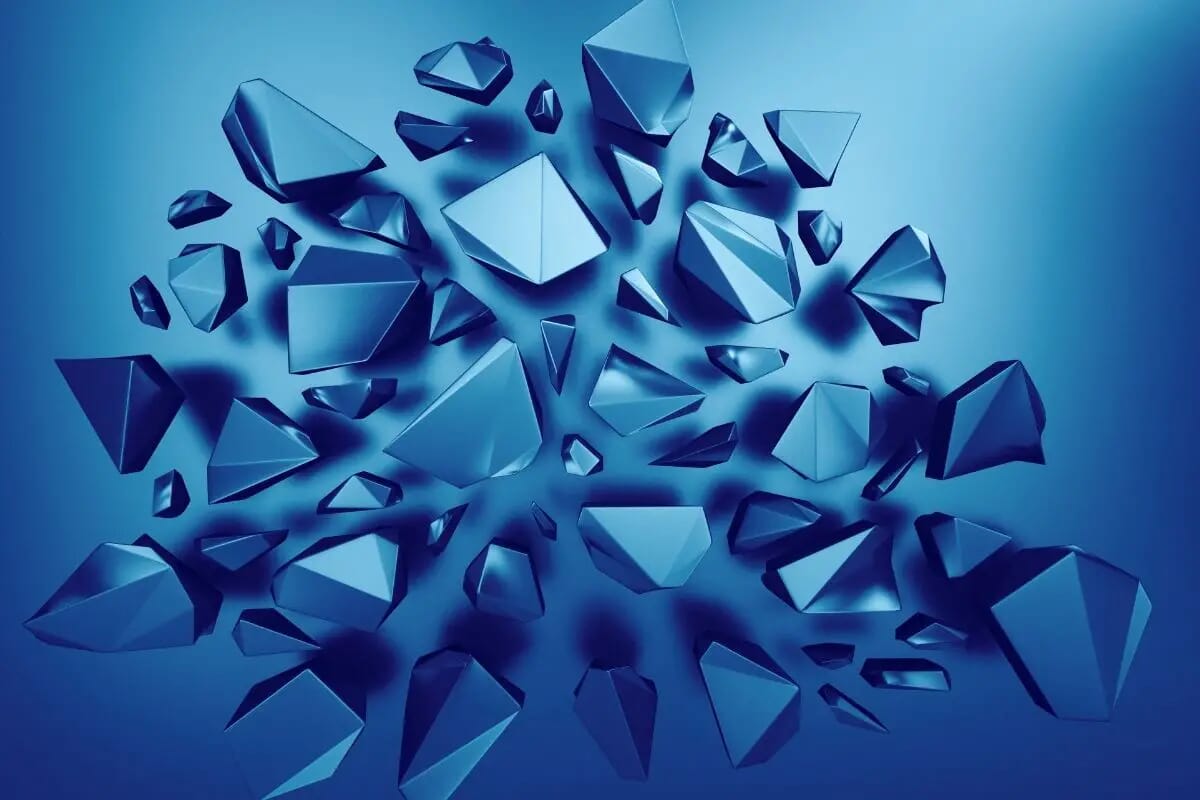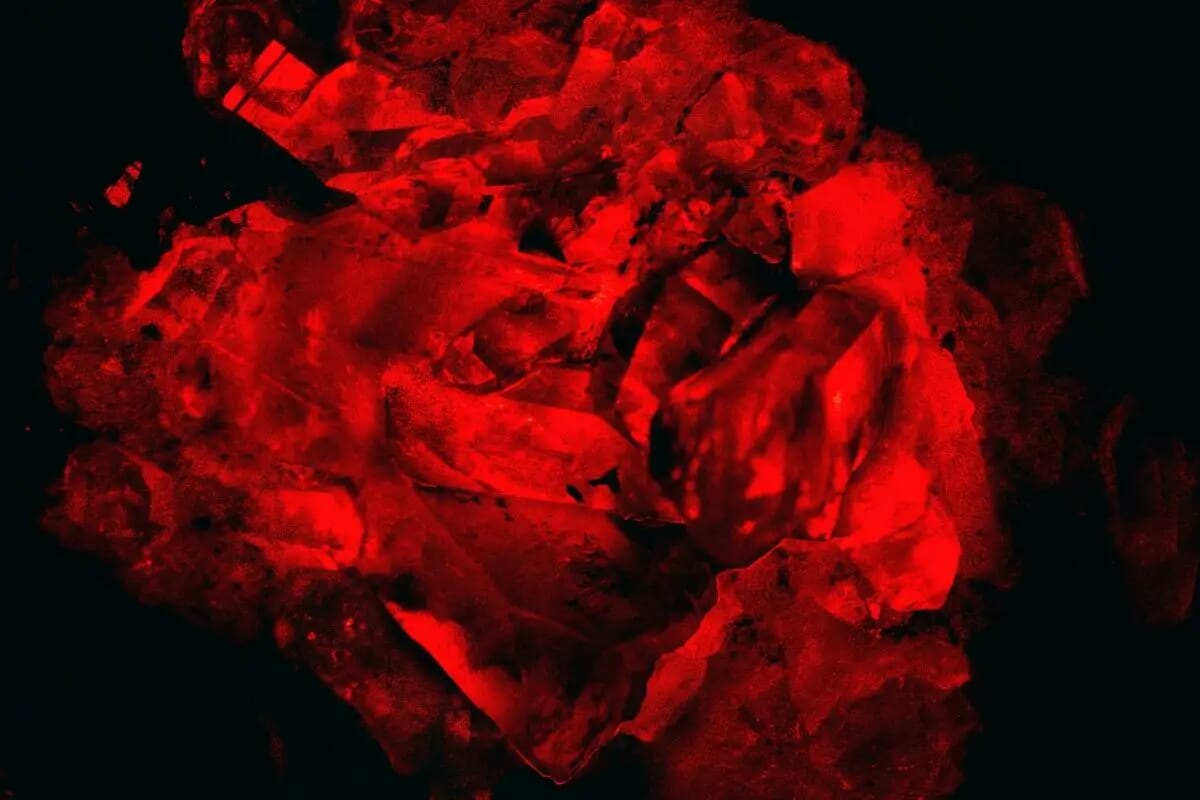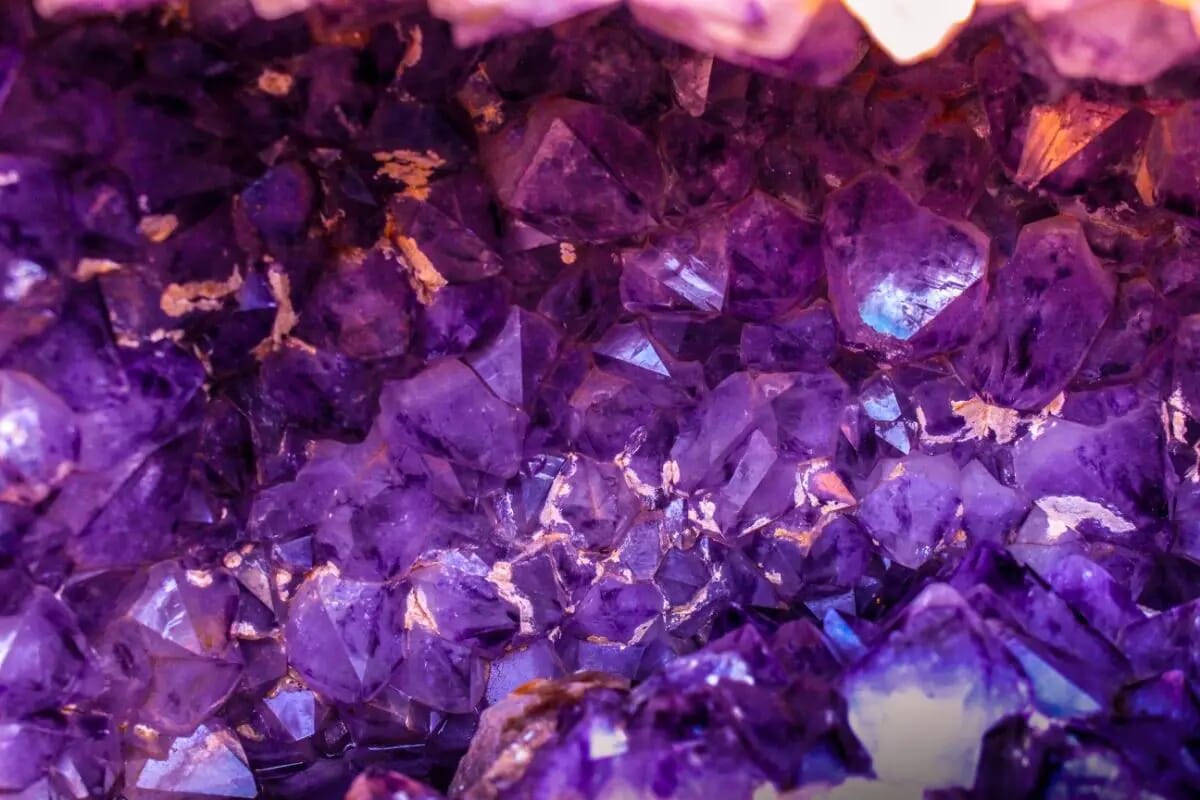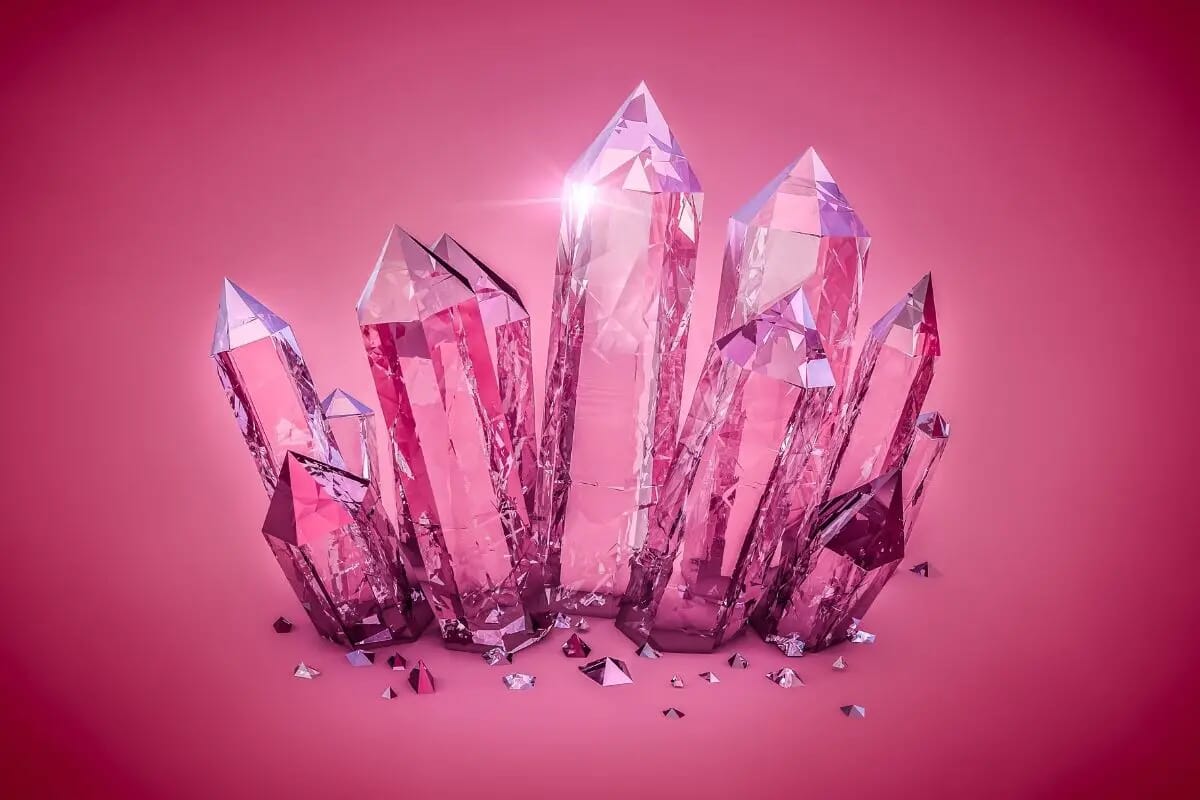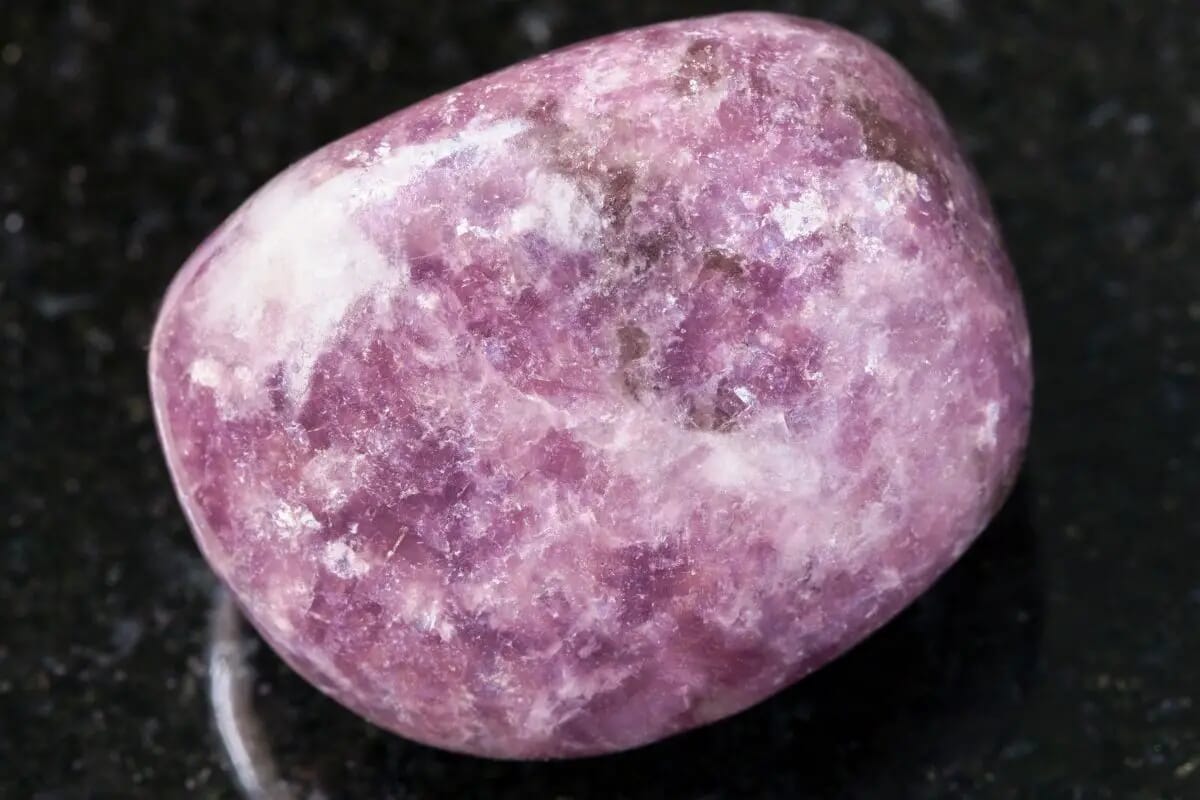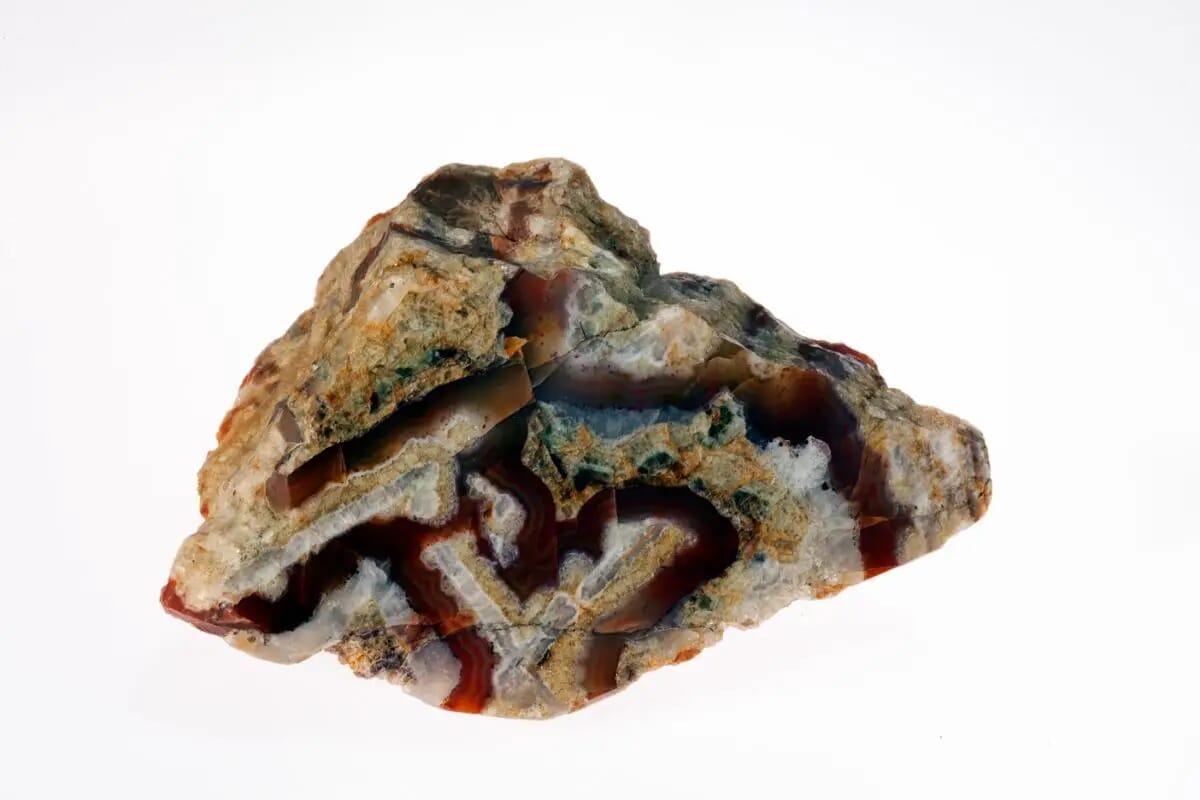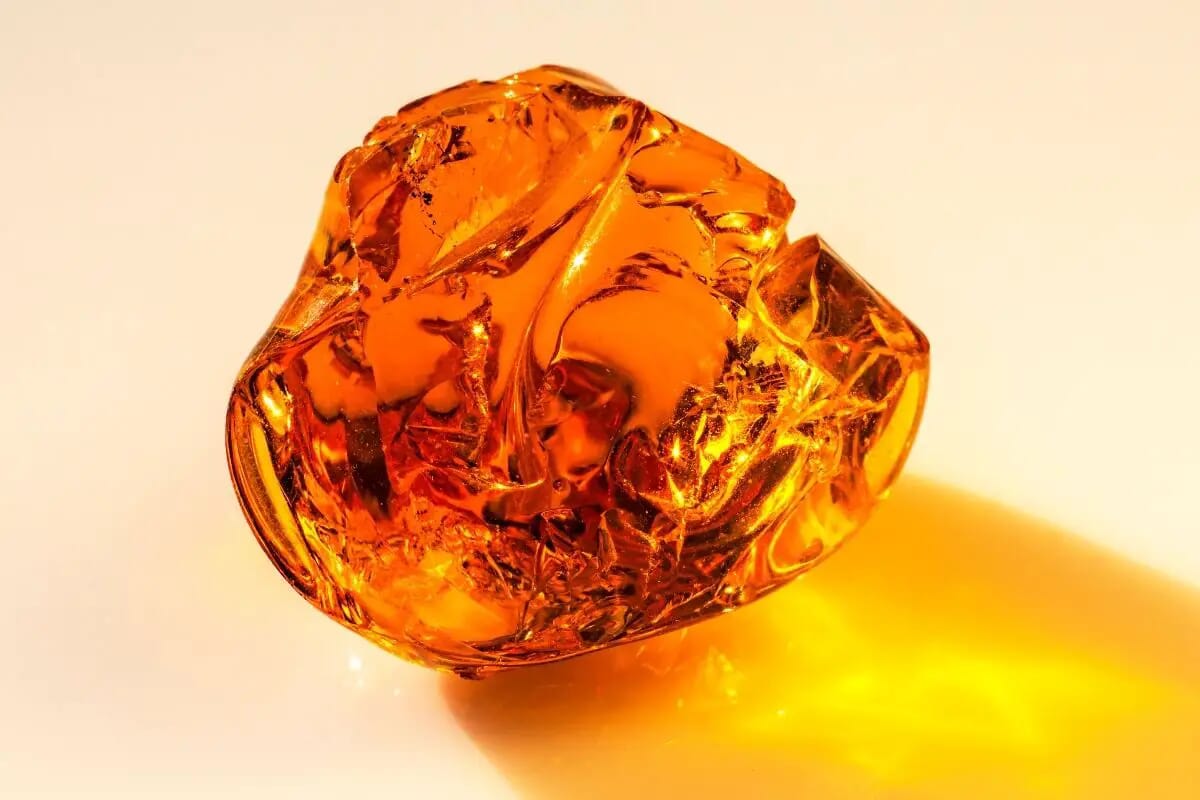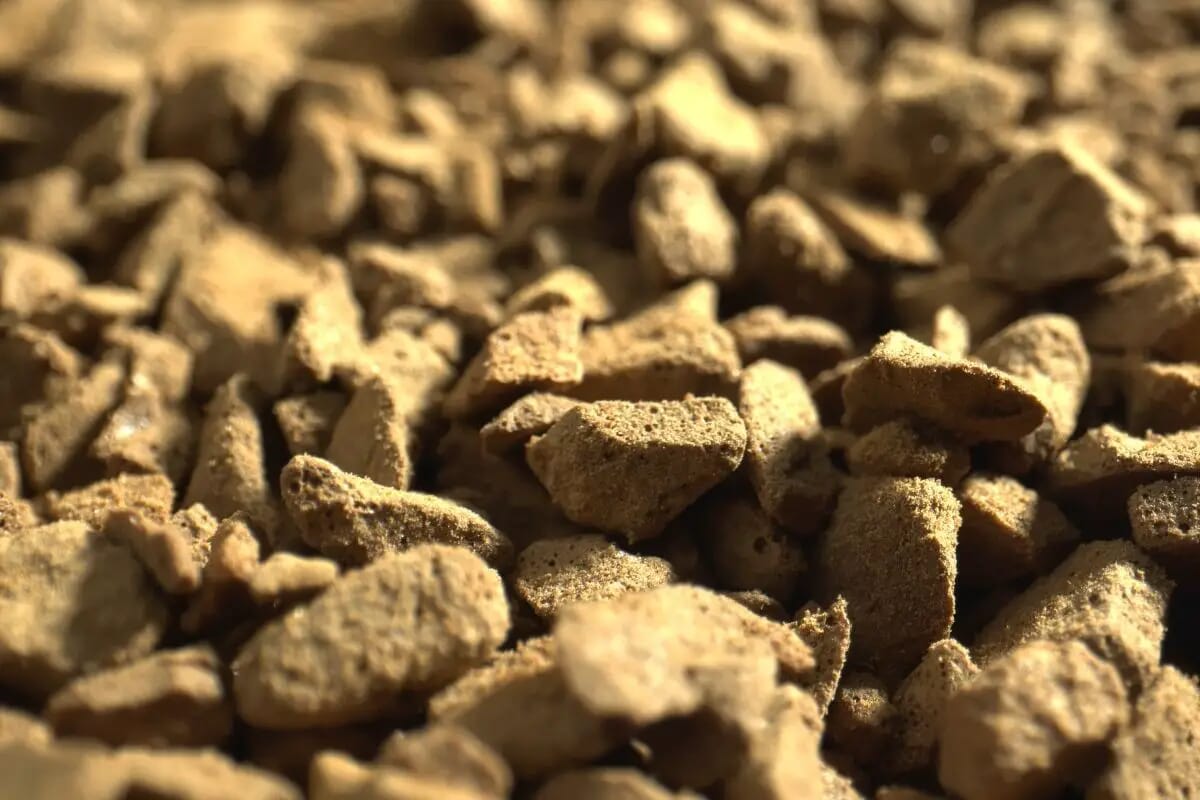Last Updated on October 3, 2023
Green gemstones have a very long history of use in jewelry, as well as in other areas of life. The deep green color of many green gemstones can be calming, as well as symbolizing abundance, fertility, and wealth.
Their beauty has captivated people for millennia, and they come in a range of different shades.
If you wanted to learn a bit more about some of the great green gems, then you’re in the right place.
In this article we’ll take you through several different kinds and explain all that there is to know about them. Leave your uncertainty at the door and let’s dive into this article!
Green Gemstones You Need
Let’s get straight into it and take a look at some of the best green gemstones that you should know about. Read on to find your new gemstones today.
Emeralds
Emeralds are one of the most prized stones available. They were used by ancient civilizations in amulets and symbolized protection, wisdom, and purity.
These days emeralds are still highly regarded because of their beautiful color, which ranges from rich greens like olive or apple to shades with much more blue or yellow influence.

Today, cultured emeralds offer exceptional value, making them ideal for both collectors and investors. Some even have a slight halo effect around them, while others have perfectly-formed facets.
Whatever your preference, an excellent quality emerald will always look impressive on any piece of jewelry. Emeralds are also the traditional birthstone for May, and the traditional stone for the star sign Cancer.
RELATED: The Most Captivating Gemstones Every Cancer signs Must Have
Jadeite
Jadeite is particularly prized in East and Southeast Asia, where it has a very long history of being used to make both jewelry and sculptures.
It is one of the two materials that are collectively referred to as jade, the other being nephrite, though jadeite is generally considered higher quality and more valuable.

It is tough and dense and usually comes in a green to white-green color. In the Stone Age, it was also used to make tools and weapons, though used for artistic purposes, and the discovery of more suitable materials led to this dying out in the Bronze Age.
Although jadeite is probably most closely associated with China, almost all jadeite of high enough quality to be used as gemstones come from the north of Myanmar.
Green Sapphire
You might be thinking that sapphires are blue and it’s true that they usually are. However, they can also come in several other colors, and one of those is green. To be more specific, it can come in various shades of green, from yellowish olive greens to deeper greens more like a classic emerald.
Green sapphires are rare – rarer than any other sapphire color, in fact – and this makes them desirable, though not as expensive as their pink and blue brethren.
People sometimes confuse them with emeralds, but green sapphires are more brilliant, meaning that they reflect more light. This gives them a shinier look.

Peridot
Peridot is sometimes also called chrysolite and is the traditional birthstone for August. Its distinctive green color comes from the iron content in the body of the gem. Unlike many gemstones, which can come in a range of colors, peridot only comes in one – olive green.
In some cultures, it was believed to have the power to prevent nightmares and calm fears. While most gems are formed in the Earth’s crust, peridot is instead formed in the Ocean of molten rock at the top of the Earth’s mantle.
RELATED: Keep The Bad Dreams Away – 15 Notable Crystals For Nightmares
It then eventually reaches the surface by being carried there by earthquakes and volcanism.
The only other gemstone to be formed this way is diamond, making peridot almost unique. In addition to being found on Earth, it has also been discovered in meteorites.
Opal
Opals get their name ultimately from the Sanskrit word “upala” which means simply “jewel”, but via a Greek derivative word “opallios” meaning “to see a color change”.
That makes it a very fitting name, because one of the first things you’ll notice if you see a gem-quality opal is how it seems to shimmer before your eyes (this quality is more formally called iridescence).

It also means that opals are not necessarily always green, although green is one of the more common colors for opals. Opals were extremely rare and highly prized in Europe historically, as the only known source was outside of the bounds of the Roman Empire.
However, huge reserves were found in Australia in the 1800s, making them somewhat less rare than they used to be.
Green Diamond
Like sapphires, diamonds can also be green, something that not a lot of people realize. That might not be all that surprising, though, as natural green diamonds are very rare – you’re not likely to see one in a jewelry store in a mall, and most people have never seen one at all.
They’re created by a natural process. When they’re underground, some diamonds are in rocks that also contain a radioactive substance like uranium or thorium.
As this decays, the resulting radiation can enter the diamond, altering its color. This mostly affects the surface of the diamond, but in some cases, the effect is present evenly throughout the whole jewel.
These cases are exceptionally rare indeed and can be expected to sell for huge sums. In other cases, the green color is added to the diamond by artificial means, and these jewels are worth much less than their natural cousins.
Bloodstone
Given its name, you’d expect this stone to be red, and it is, partly. To be more accurate, it’s a dark green color with flecks of red that make it look very much like it’s had blood splashed on it.
According to a Christian tradition, the blood is the blood of Jesus that fell when a Roman soldier pierced his side with a spear while he was on the cross. It’s also sometimes known as heliotrope and is the traditional birthstone for March.
It has a long history of use as a good luck charm – it was used in Ancient Greece and Rome to help bring renown and endurance, and was particularly used by athletes hopeful of victory.
RELATED: Break A Leg! – 11 Gorgeous Crystals To Bring You Good Luck
Nephrite
As we mentioned before, nephrite is one of the two materials that are traditionally referred to as jade (the other being jadeite). It’s generally considered less valuable and less desirable than jade, but it is still widely used for jewelry and artistic purposes.
It is usually green or gray-green, but an almost entirely white variety is known in China as “mutton fat jade”. Today it’s one of the more affordable gemstones available, though historically it was far more prized than it is today.
Chrysoprase
This gemstone is very eye-catching and comes in a range of shades of green. Apple green is the most common shade, but darker shades can also be found. This coloration comes from the presence of nickel in the stones.
Chrysoprase is also sometimes used as a substitute for jade, although the appearance isn’t the same. It’s most commonly used to make things like beads, although some pieces are cut into stones.

It sometimes goes by the name “stone of Venus” and is traditionally said to have the power to bring happiness and optimism.
Malachite
Malachite is known for its deep green color that comes with hypnotic whorls and swirls of lighter green that make entrancing patterns. It was prized by the Ancient Greeks and even the Ancient Egyptians thousands of years before them.
It gets its name from the Greek word “moloche”, meaning mallow since it was said to look like the mallow plant’s leaves. In various times and places, malachite has been worn to help sleep, ward off diseases, and attract success.

Green Onyx
Onyx is more famous for being black, but green varieties also exist. In the early 20th century, they were often used as decorative elements in various objects including plinths, dishes, and sculpture bases.
It is often not considered valuable enough to be worth using in fine jewelry, though rings and necklaces featuring green onyx can certainly be found.
RELATED: Make A Statement: The Most Beautiful Crystals For Jewelry

Idocrase
Idocrase is often green, though it can also sometimes be brown, yellow, or blue as well. It’s also called Vesuvianite due to the fact that it’s common in rocks found near Mount Vesuvius. In large pieces, green idocrase looks somewhat like jade and can be used as a jade substitute.
It’s one of the less common gemstones around, but particularly attractive samples are used for that purpose. It is durable enough for daily wear and it looks especially nice as part of a necklace or ring.

Aventurine
Aventurine is a type of quartz that’s famous for its glittering effect that often captures people’s attention and fancy. The name comes from the Italian phrase “a ventura” which means “by chance”.
This, in turn, comes from a story that involves aventurine being discovered luckily. It’s used both in jewelry and in the decorative arts. For example, it has a history of use in Tibet, where it was often used in creating statues of the Buddha, as well as in creating amulets and talismans.

Moldavite
Moldavite is a particularly interesting gemstone because it’s made of a special kind of glass formed when a meteorite impacted the Earth. All known moldavite is thought to come from a particular meteor impact that happened 15 million years ago in Germany.
Most moldavite is found in the Czech Republic, with the rest in Germany and Austria. It’s thought that only around 275 tons of moldavite exist on Earth, but the highest quality samples are still sometimes made into jewelry.

Serpentine
This green gem is another well-known substitute for jade and is far less expensive. As a result, it’s commonly found in cheaper fashion jewelry.
Some kinds of serpentine are also used as building materials. They can be quite easily damaged by weather so when used for decoration, it’s safer to keep them indoors where the elements can’t harm them.
RELATED: Home Is Where The Heart Is – 8 Crystals You Need For Your New Home

How To Pick Green Gemstones
There are quite a few things that you’ll need to consider if you want to pick the perfect green gemstone, whether you want it for jewelry or some other purpose. We’ll take you through them here, so you’re as clued-up as you need to be to make the right decision.
Color
Of course, we’re talking about green gemstones in particular here, but there are a lot of shades of green. The gems listed here can range from pale green to olive green, to apple green, to deep forest green.
Some gems can also be of colors other than green. So, the thing to do is to consider whether you have your heart set on a specific color and, if so, then find the right jewel. You should also consider whether your gemstone has to be green, or whether it’s okay for other colors to creep into the mix.
Carat Size
Carats are a common way of measuring the mass of a gemstone. One carat is 200 milligrams (i.e. 0.2g or 1/5 of a gram). While larger gems are usually heavier, this isn’t always the case. When buying rings, in particular, it’s important to match the carat size to the owner’s fingers.
A small jewel will look strange on a large finger, while large jewels on smaller fingers will look particularly prominent. Decide whether you want your jewel to be obvious or understated.
Hardness
Some gems are harder than others. Hardness is usually measured using the Mohs Hardness Scale, which is a scale from 1 to 10. 1 is very soft, and 10 is very hard. Diamond is rated 10 on the scale, meaning that it’s very hard indeed.
This makes it ideal for daily wear since its incredible hardness makes it almost impervious to damage. However, most gems are softer – and some significantly so – than diamonds. Softer gems will damage more easily, and so should only be worn sparingly, on special occasions.
Cut
Stones can be cut in all kinds of different ways, and some people prefer some over others. Decide, for instance, if you’d prefer an oval cut, or something more angular. You’ll also find that some cuts are more common than others.
If you can’t find what you’re looking for, it might be possible for you to have a gem cut (or recut) to your specific requirements, though you should expect to pay extra for this.
Purity
Gemstones generally come in different purities. Impurities will affect, for example, the way a diamond reflects light. If you want that perfect, classic dazzling diamond shine, then you’ll probably want as pure a diamond as you can get your hands on.
Of course, pure gems go for a premium price, which is something else to consider when you’re choosing.
Metal
If you’re using a gemstone in jewelry, then it’s likely that it’ll be paired with at least one metal. The metal you choose for this can affect how the gem itself looks, so plan accordingly.
Neutrally colored metals like silver, white gold, and platinum are usually safe choices but metals of other colors can still work with green gemstones. As a related point, you should also consider the grade of the metal – higher grades will last longer and might look better as well.
Where Can I Buy Green Gems?
That depends on which green gemstone you’re talking about. Emeralds are probably the most common (or at least the best-known) green gemstone and any jeweler worth their salt will have plenty of them. However, some of the others are far less widespread, and some are extremely rare (like the green diamonds for example).
Jadeite jewelry is more widely sold in Asia than in the West, but specifically, Asian jewelers will be more likely to have it.
You can also ask your jeweler if there’s a particular gem that you’re interested in and even if they don’t have it, they may be able to get it for you. Failing that you can always look online – just about anything can be found there.
If you’re considering a particularly expensive purchase, then don’t be rushed into anything. Make sure you take as much time as you need to make sure that the jewel is in the condition and of the quality that you think it is.
You don’t want to end up buying your dream diamond only to notice an impurity that you didn’t see before you’d parted with your money. Of course, buying your gemstones from a reputable source makes it a lot easier to ensure that what you’re paying for is worth the price.
Final Thoughts
There you have it, fifteen examples of beautiful green gemstones. Even if you’re sticking to the color green in the gemstone world, there are so many possibilities for you to choose from.
From the famous emerald, there is also a whole range of cool and interesting gems that can be used in jewelry and for all kinds of other purposes. It’s part of the fun to work out what best suits you and your taste, so get on and enjoy it!
- Olivine Meanings, Healing Properties & Uses - October 17, 2023
- Stalactite Meanings, Healing Properties & Uses - October 17, 2023
- Sugilite Meanings, Healing Properties & Uses - October 15, 2023

